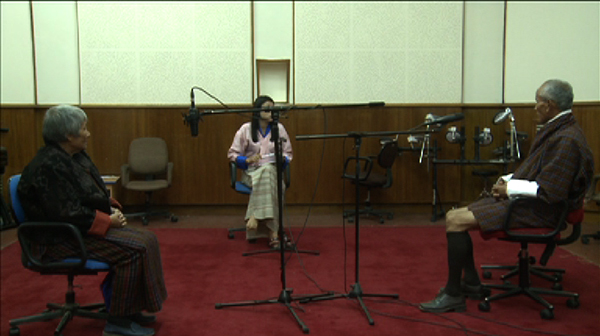 In the days of yore, when Bhutan was in isolation, once a while, soulful songs would cut through the ubiquitous cries of birds, bees, and wild animals.
In the days of yore, when Bhutan was in isolation, once a while, soulful songs would cut through the ubiquitous cries of birds, bees, and wild animals.
A cowherd would belt out Tsangmo; songs of love, despair, and revenge, among others, not just to break the monotony and entertain but also express. A sentence in Tsangmo has a maximum of six words.
The expression takes a faster form with lengthier stanza called Lozey. Villagers would use this form to ridicule, argue, spread message of love and scorn. It is almost like a debate but in the form a song.
|
|
|---|
As Bhutan opened up to development, these form of art started taking a backseat.
“We hear about cultures being lost in other countries. But now we are at the verge of losing our own,” said 67-year-old Ap Dregang from Paro, who is a practitioner of Tsangmo and Lozey. “One day we might have to look for our own culture elsewhere and try and bring it back.”
Aum Nalem, 70, from Wangdue Phodrang remembers singing Tsangmo and Lozey when she was young. She said it was an important part of them. “Now that it is vanishing, our youth should make an effort to learn our culture.”
People in urban areas say popular cultures and technologies are contributing in the erosion of Bhutan’s old art form.
“If schools could initiative competitions, I feel the culture of practicing Tsangmo and Lozey would revive,” said a reporter with a private newspaper, Passang.
The Royal Academy of Performing Arts is currently working on documenting Tsangmo and Lozey with the help of local experts and practitioners.
RAPA also organised several workshops to revive the age-old expression.
Department of Culture’s official said the government has allotted financial support in the 11th Five Year Plan to undertake intensive research and documentation of performing Arts.









